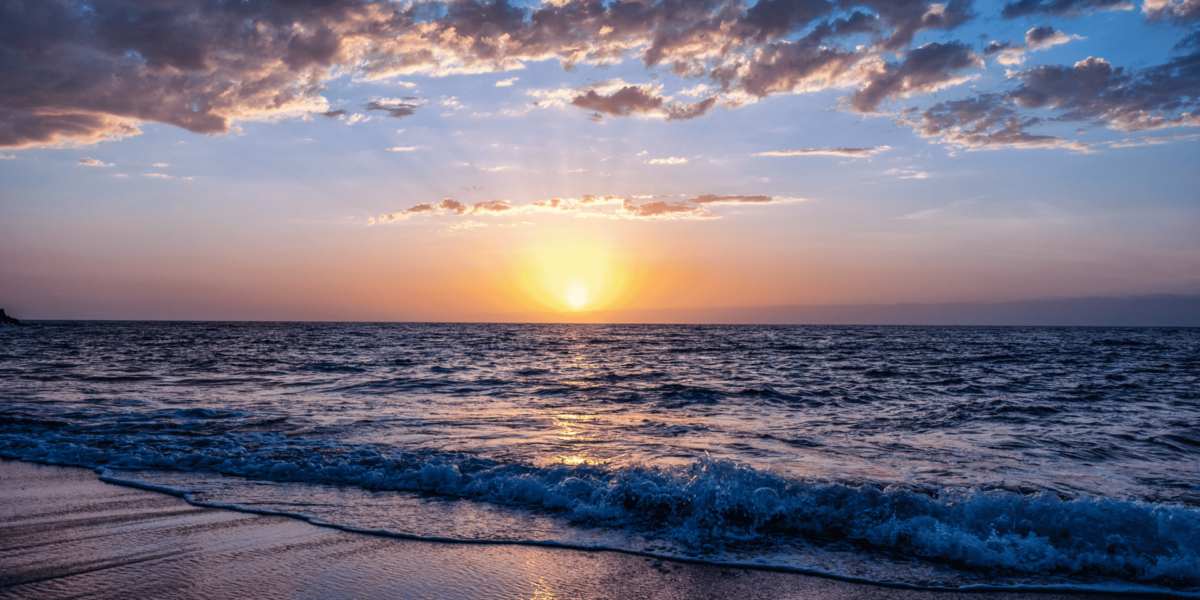Blending Natural Cycles with Creative Structure
Nature follows a pattern. The sea moves in waves, tides rise and fall, and light changes with the time of day. These natural rhythms can guide creative routines. By aligning studio work with these patterns, creatives can improve focus, reduce burnout, and stay connected to a steady pace.
A painter living near the coast may begin their work when the tide shifts. That rhythm builds structure. Instead of following a rigid schedule, the artist uses the natural world to set the pace for deep, uninterrupted work. This approach replaces pressure with presence.
Using the Ocean’s Movement to Influence Creative Flow
The ocean does not rush. Its motion is steady and intentional. When creatives observe this pace, they often mirror it in their process. The sea teaches that progress does not need speed. It needs attention and consistency.
In a studio close to the shore, the sound of waves becomes a kind of clock. It marks time without urgency. This steady rhythm helps keep the mind calm and focused. Creative output improves when pressure gives way to presence.
Designing a Space That Responds to Nature
A studio shaped by nature uses materials, layout, and light that reflect its environment. Wide windows let in sunlight. Natural textures like wood and stone replace synthetic surfaces. The design does not compete with the outside world—it supports it.
In a coastal workspace, air circulation, temperature shifts, and shifting light help shape how the room functions. A designer may change their setup based on morning or evening light, choosing work that matches the energy of that time. The space remains flexible, adjusting to the changing environment.
Tuning in to Daily Rhythms for Better Focus
The sea follows a reliable schedule. High tides, low tides, sunrise, and sunset all repeat in order. When creative work follows a similar rhythm, it builds reliability. This consistency supports deeper focus and prevents energy from scattering.
A writer who starts work with the sunrise and ends by late morning creates a repeatable pattern. The mind learns when to enter a creative state. Over time, this practice becomes easier to maintain, and the work gains momentum.
Allowing Silence to Create Space for Ideas
The coast offers long moments of silence. That quiet helps ideas surface. In the studio, silence becomes a tool to filter distraction. Without background noise, thoughts take clearer shape.
Imagine a composer who turns off devices and works in a silent room while the sea moves nearby. This space gives the mind room to think. It also builds awareness of internal thoughts. Silence supports clarity. In creative work, clarity strengthens results.
Observing Natural Transitions to Support Creative Shifts
The coast shows how one phase moves into another. Morning becomes afternoon. Calm seas turn choppy. Cloudless skies gather wind. These transitions act as reminders that change is normal. In the studio, this idea helps creatives shift between tasks.
Instead of forcing creative output through fatigue, a sculptor may pause when the light changes. That break reflects the environment’s own transition. This habit supports better mental health and helps avoid burnout. It respects energy limits while staying productive.
Shaping Time Around the Elements
Time near the sea does not follow artificial urgency. It follows the elements. Wind, light, and tide guide when to begin and end. Creatives who work near the coast often shape their schedules to match.
For a photographer, early light might become the signal to shoot. In the afternoon, editing happens when the sun is too harsh. This use of natural cues prevents overworking and improves the quality of creative output. It aligns time with purpose.
Building Discipline Through Repetition
Nature repeats itself. Waves crash, tides return, sunrises come each day. Creative routines that repeat also build discipline. The goal is not perfection but consistency. When the sea becomes a guide, work habits become grounded.
A realistic routine might involve showing up at the same hour every day, even if the results vary. Over time, the process becomes a part of the environment itself. The studio no longer feels separate from nature. It feels connected.
Letting the Environment Shape the Mood of the Work
The sea influences more than timing—it shapes emotion. Calm waters produce quiet, reflective moods. Storms create tension and energy. These emotional states often show up in the work produced nearby.
In a coastal studio, a change in weather may shift the tone of a poem or painting. The environment directs the mood. This kind of influence adds authenticity. It roots the work in something real, something felt.
A Practice Aligned with the Earth
Creative work improves when it connects to nature’s rhythms. The sea offers lessons in timing, silence, and movement. By listening to these patterns, creatives can work with more intention and less strain.
The studio becomes more than a room. It becomes a place where the outside world shapes the inside one. When the sea meets the studio, the result is not just better work—it’s a better way of creating.
